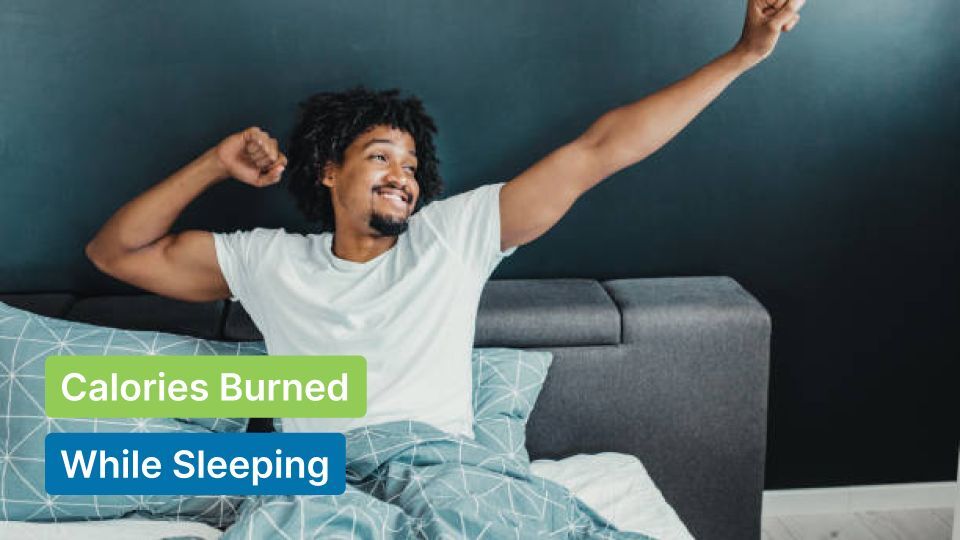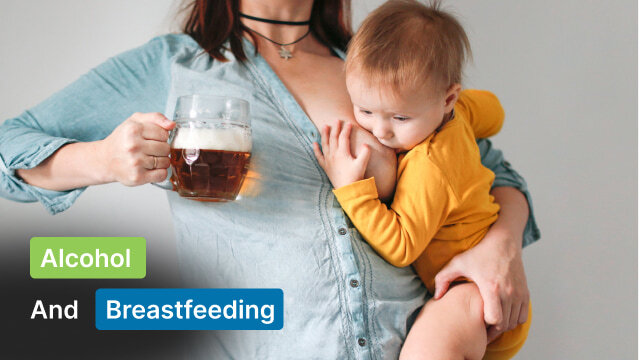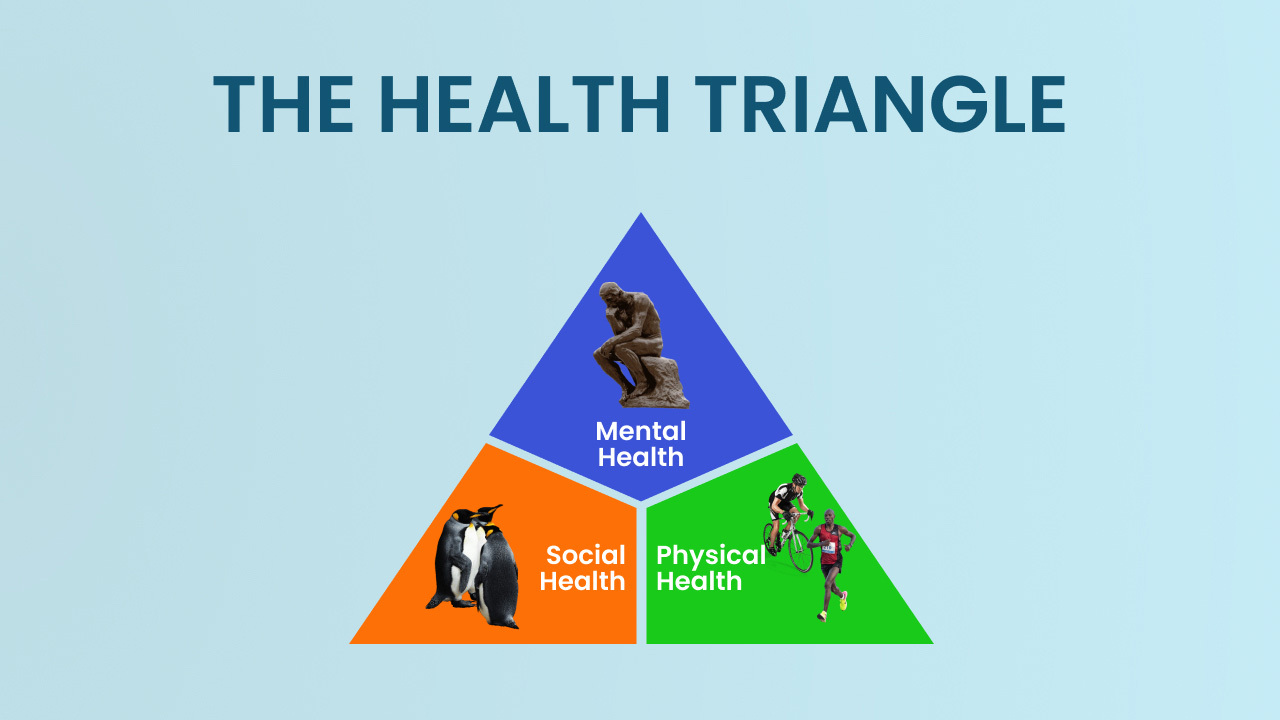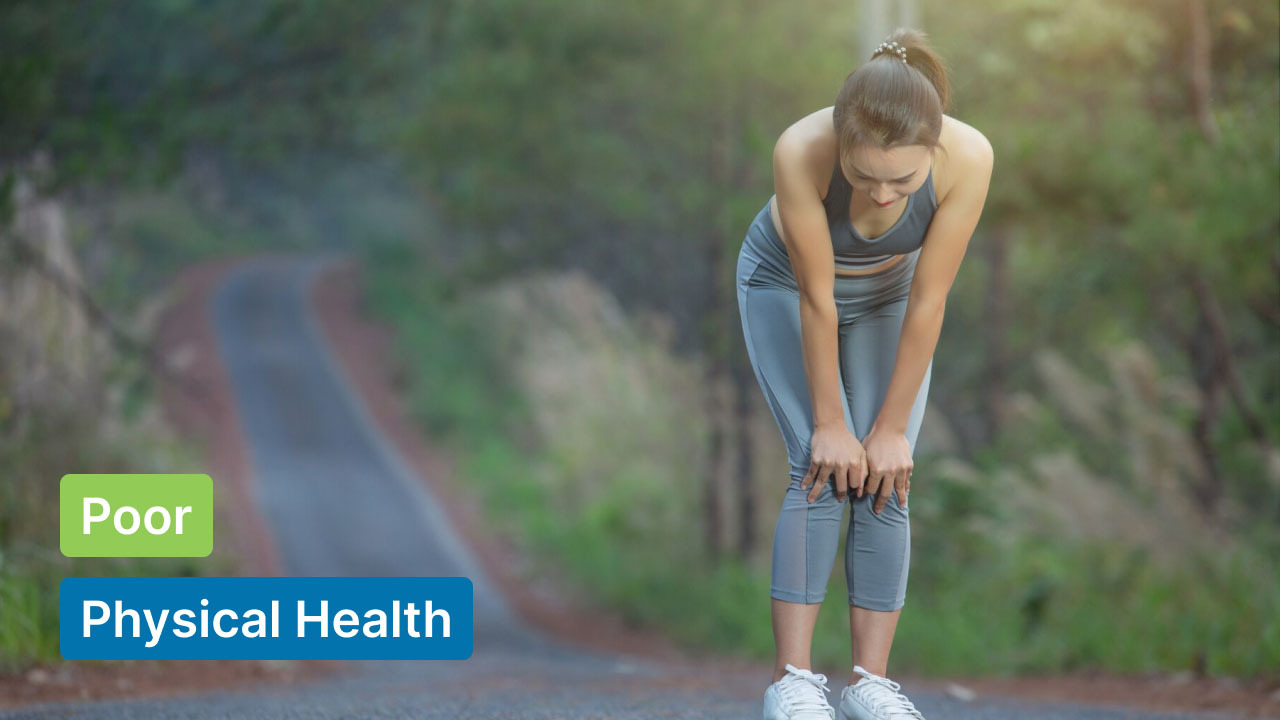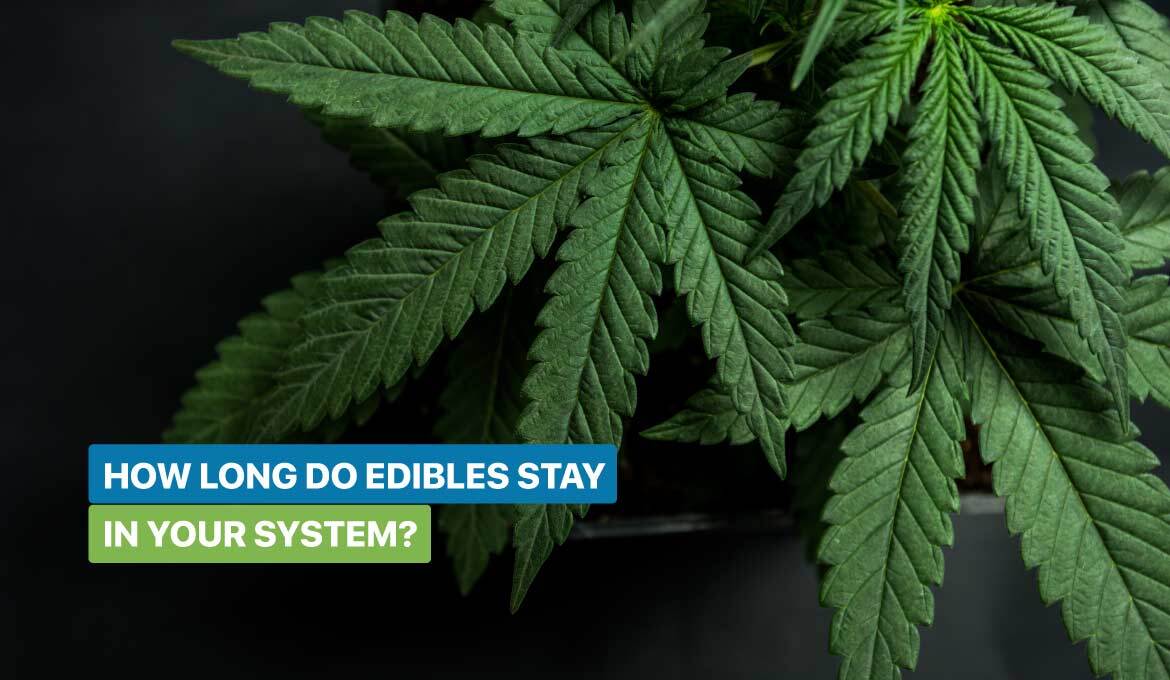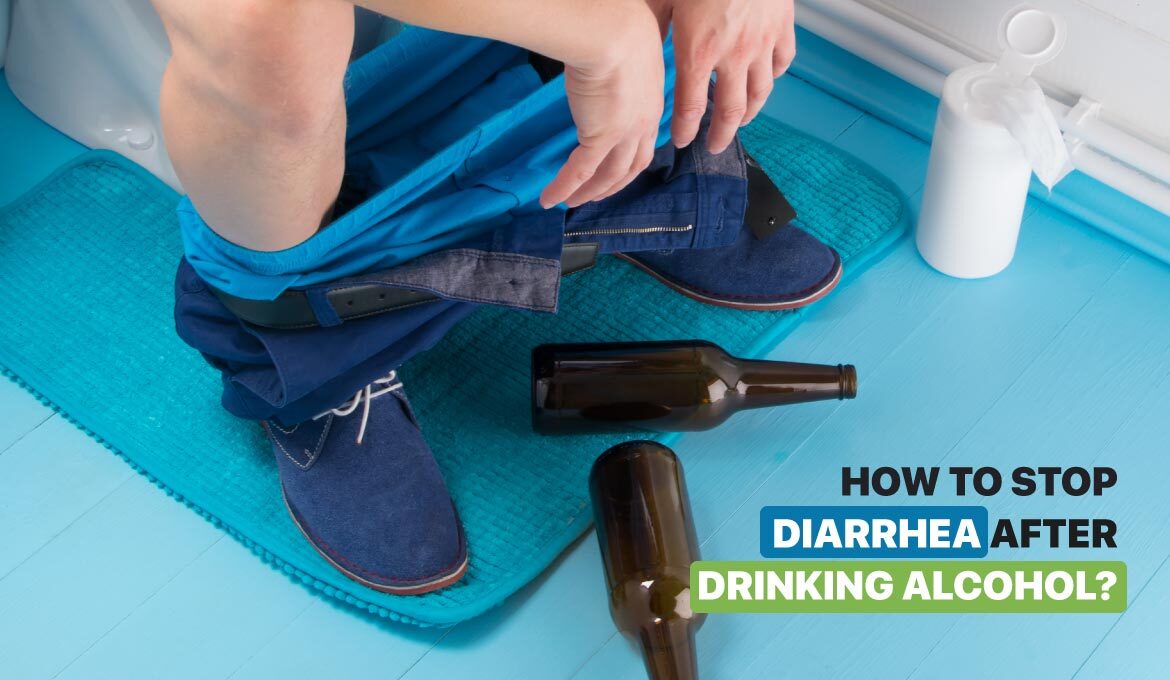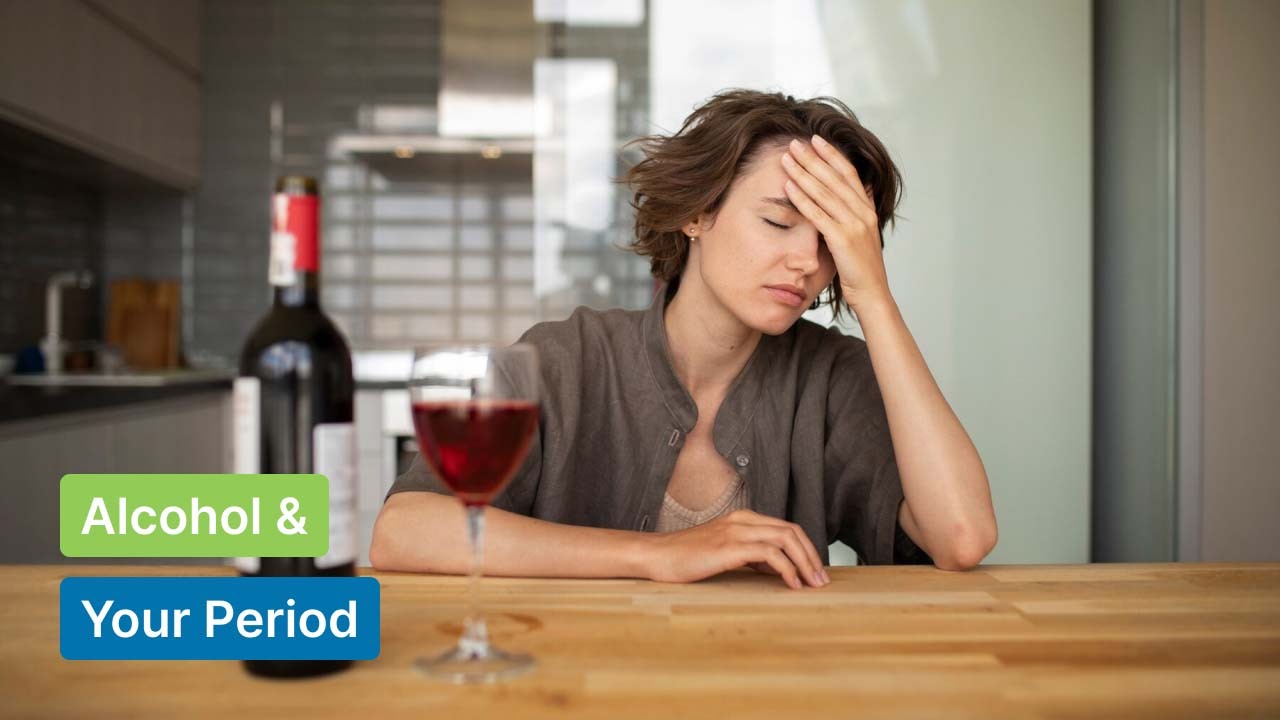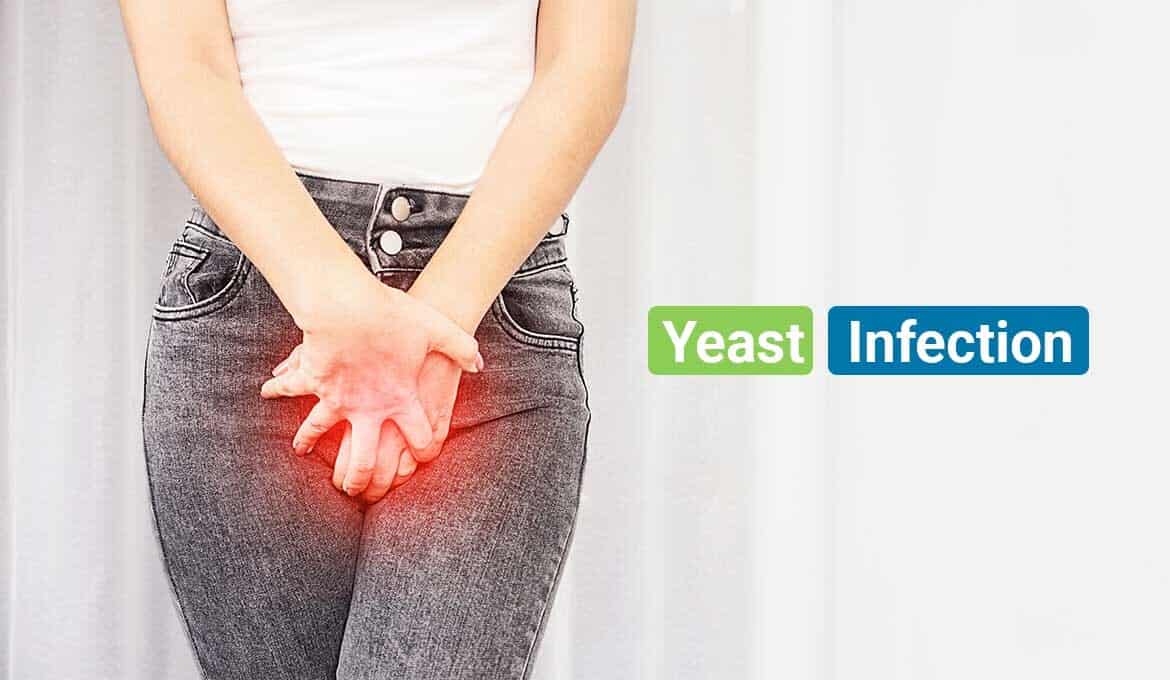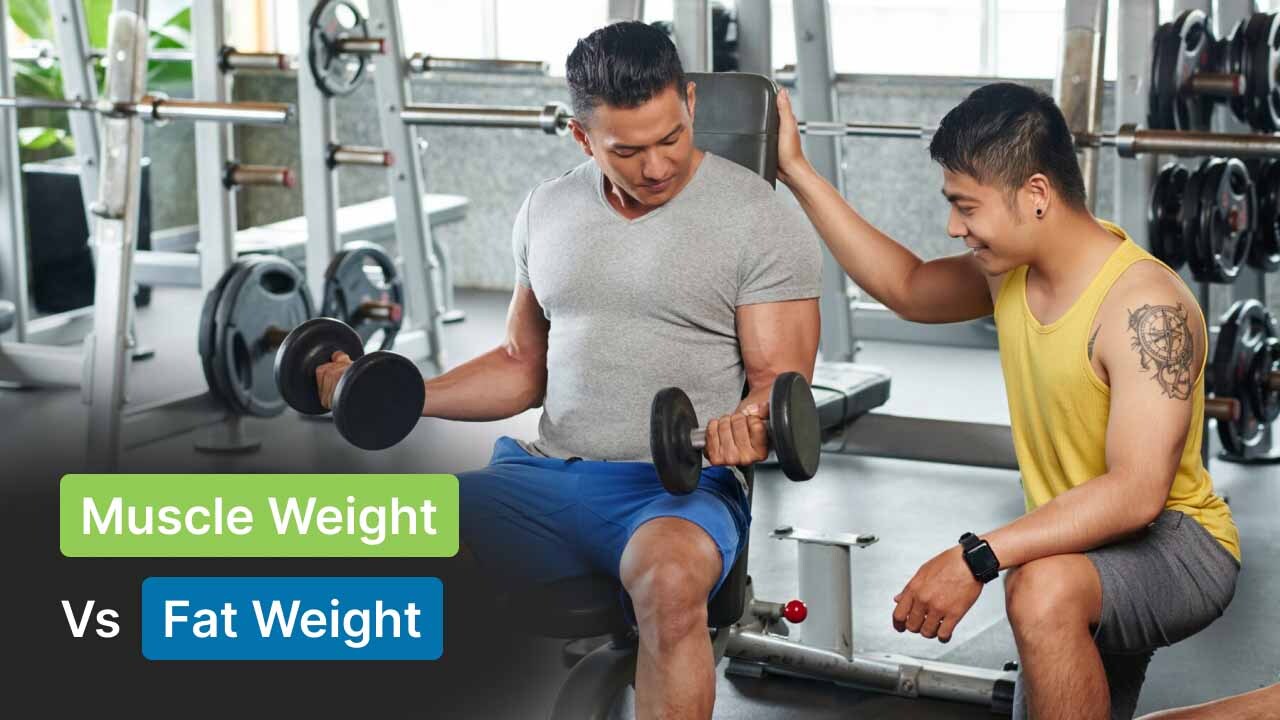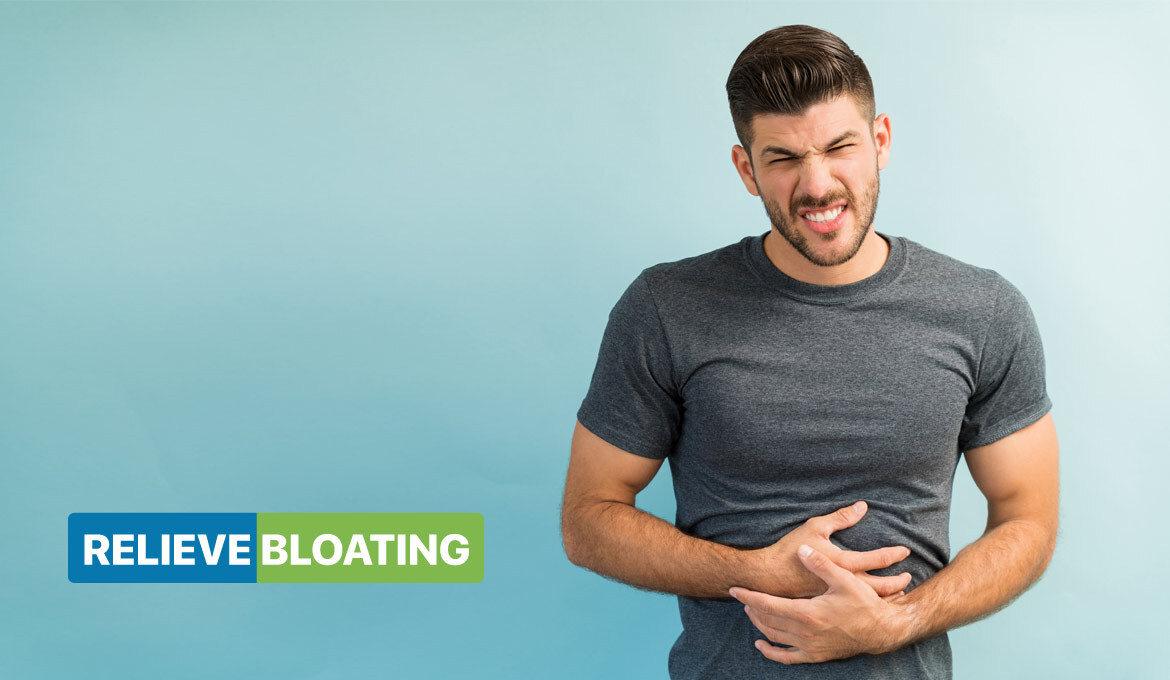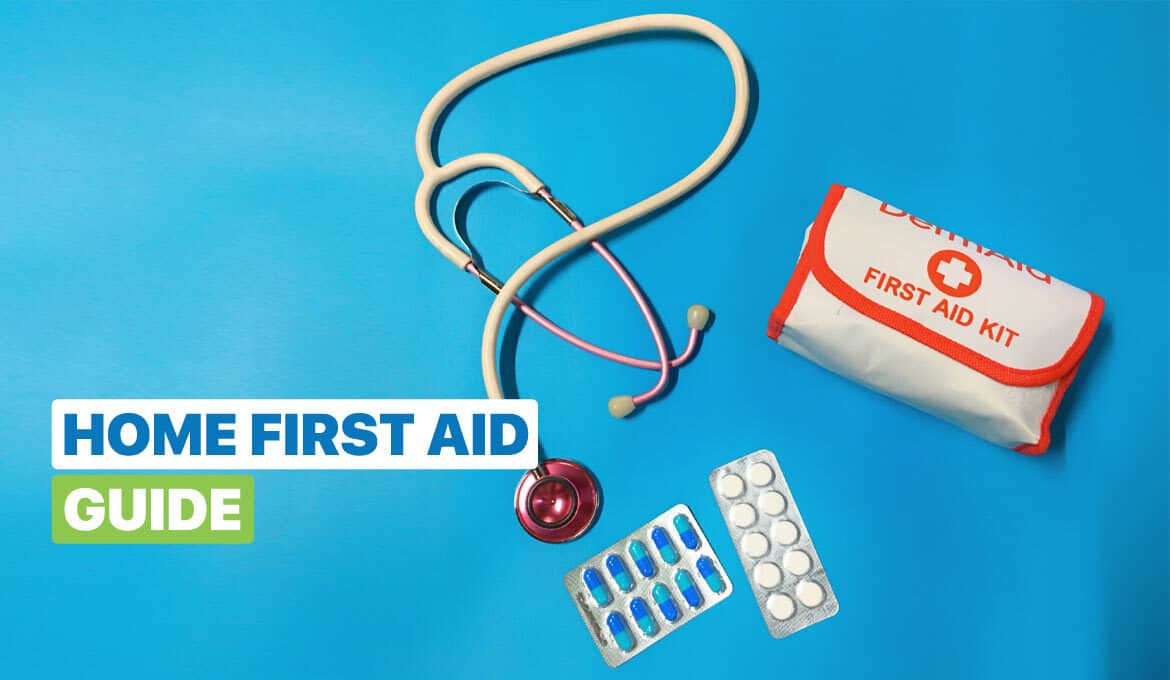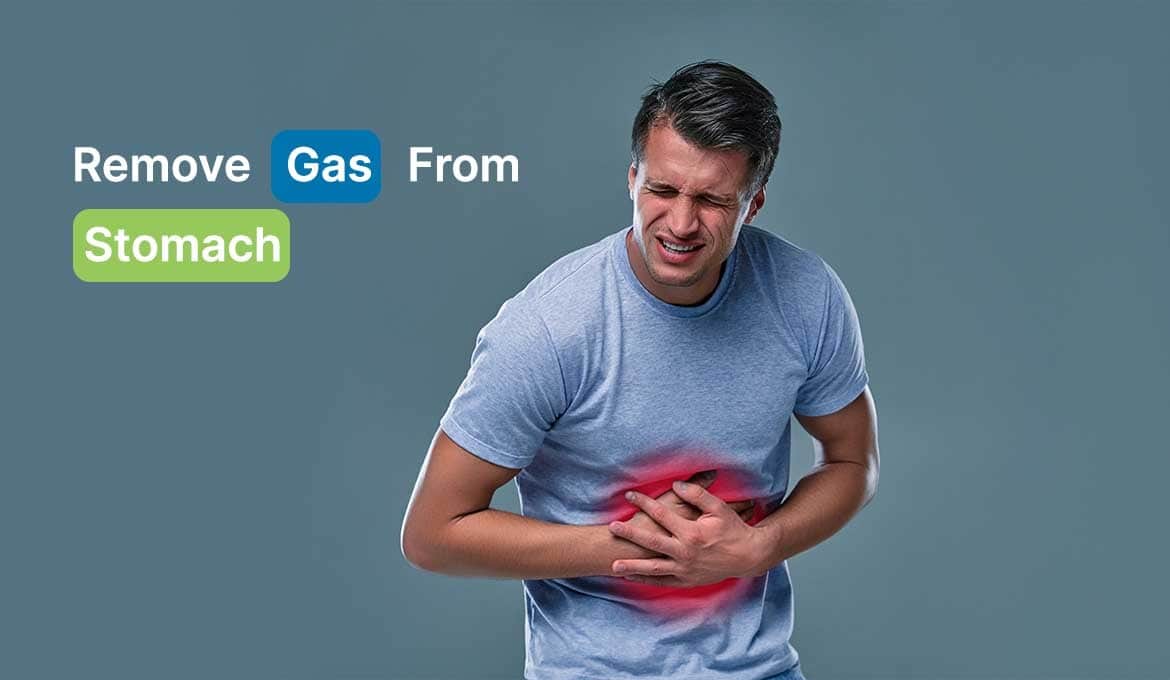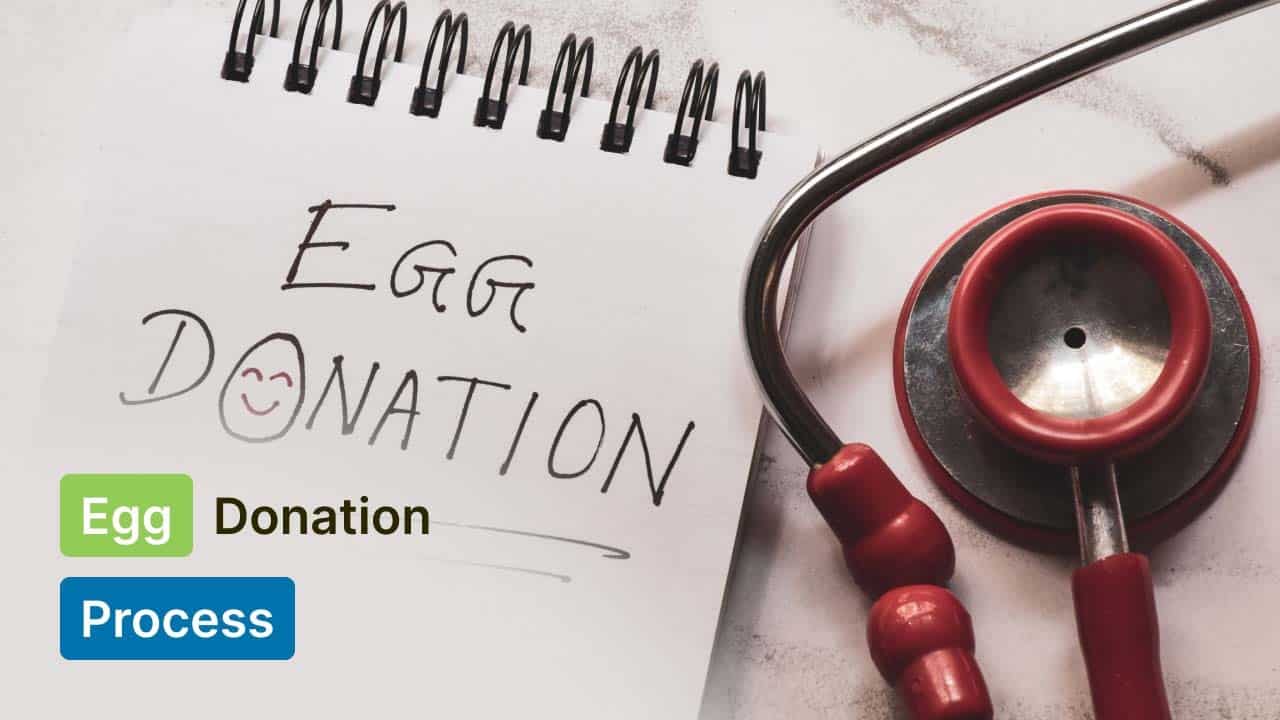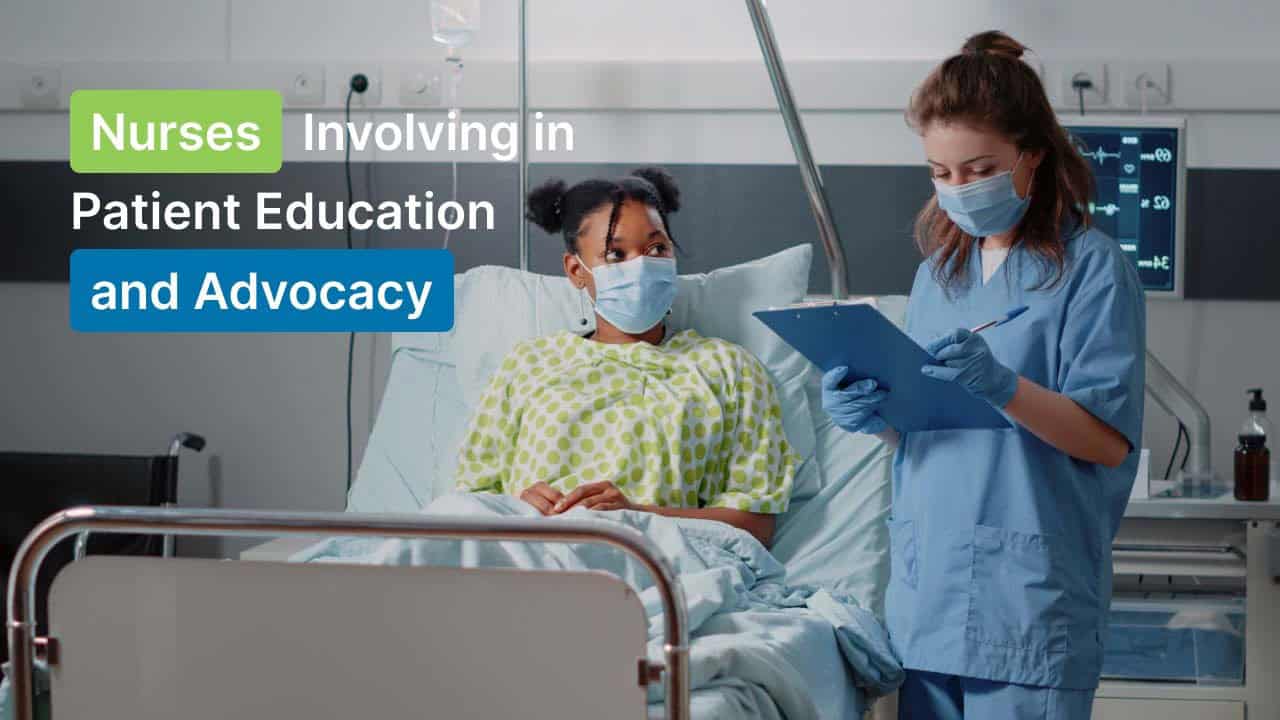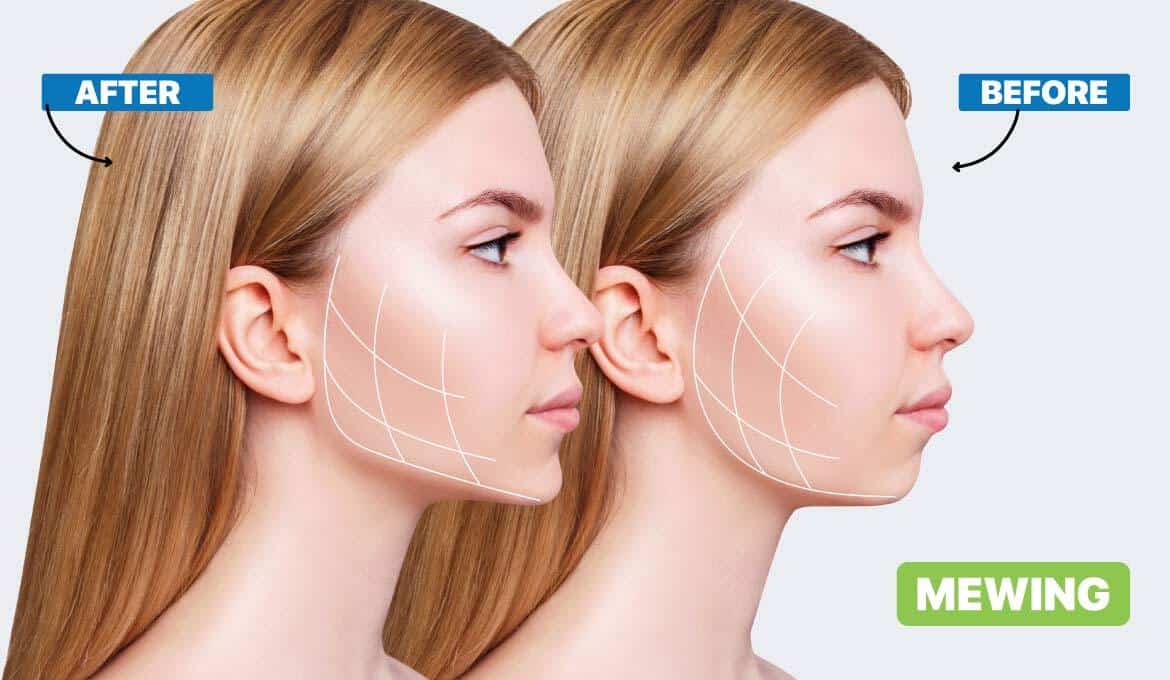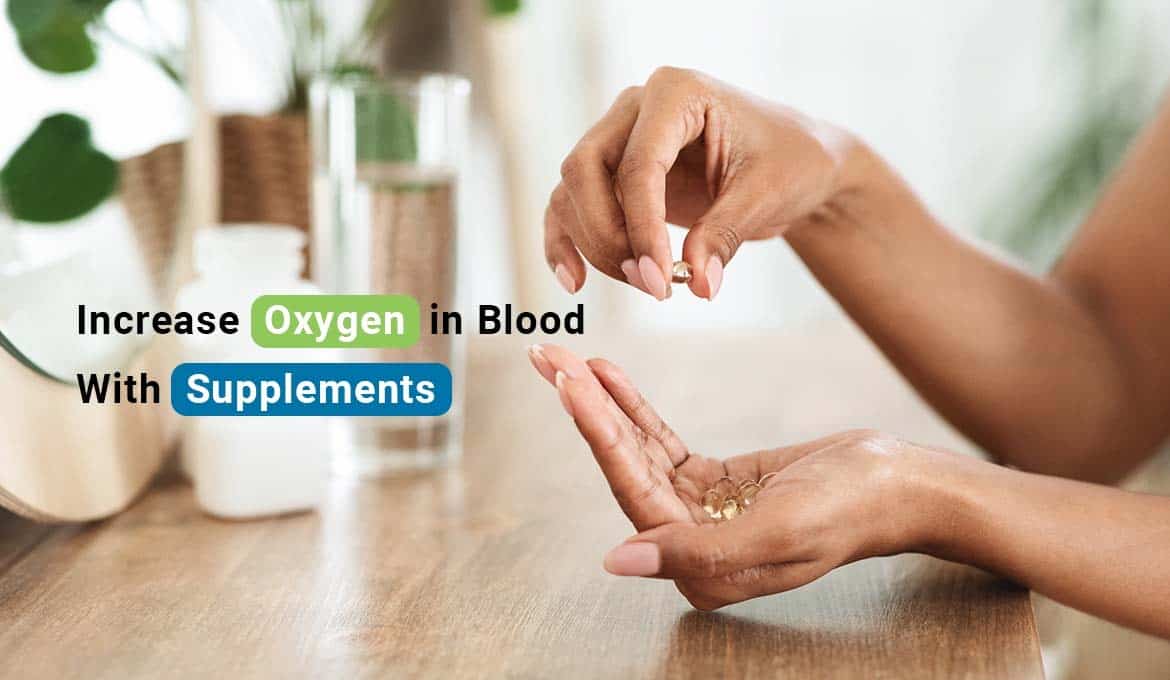
Lower back pain is so common in today's life. It arises in the back area of your bottom ribs to the top of your legs. The pain may also arise from any structures of your back, like bones, joints, muscles, ligaments, tenders, and nerves. However, normally, the cause is not so serious, and you can get relief from pain by yourself. But if the pain is severe and impacts your daily life, getting advice from your physiotherapist is important.
Lower back pain can impact your life and prevent you from doing many daily activities. But do not worry. No matter what the cause of your lower back pain, here we are with some expert tips on how to get rid of lower back pain. Keep reading to learn the causes of pain in the lower back, its symptoms, and valuable tips for treating options to relieve the pain you feel.
What Is Low Back Pain?
According to the National Institute of Neurological Disorders and Stroke (NINDS), it is the most common pain and most common in the age of between 30 and 50. It is also known as lumbar pain, which occurs in the ribs, lower edge, and buttocks, which can cause mental health issues and can affect your lifestyle. It can stay for a short time (acute), a little longer (sub-acute), or a long time (chronic).
Mostly, the cause is non-specific. They can arise from joints, bones, or soft tissues around the spine. If the reason is specific, it may arise due to a specific disease or structural problem in the spine or any other body part. Pain can sometimes make walking, sleeping, working, or doing everyday activities difficult.
There are two types of low back pain:
1. Acute Back Pain
Acute low back pain is caused by sudden injury to the back muscles & ligaments. They stay for a shorter time, like a few days, and go on their own, which is why they are called acute pain.
2. Chronic Back Pain
When low back pain is caused by systemic or rheumatic illness lasting 12 weeks or longer, it is known as chronic back pain. It may arise from the neck to the lower spine. In some severe cases, they may require treatment to relieve the pain.
Now, after having basic knowledge of lower back pain, let's move to know its symptoms and causes.
Lower Back Pain: Symptoms
Symptoms of lower back pain can arise anytime if you have lifted something heavy. Pain can become severe when bending but improves when lying down. Hence, the pain can range from mild to severe. If you experience any of the below symptoms, there is a chance that you may have low back pain:
Other symptoms of lower back pain include:
- Stiffness: If your body takes time to get up from a seated position or straighten your back, or you feel like you need to stretch or walk to loosen up, there is lower motion, and your body becomes stiff.
- Posture Issues: If you find it hard to stand up straight and can not stand with your spine straight or your lower back, look flat instead of curvy.
- Muscle Contact: After putting forces in muscles, the lower back muscles contract uncontrollably, causing extreme pain and making standing, walking, or moving difficult or impossible.
Lower Back Pain: Causes
Many injuries, conditions, diseases, and lifestyle standards cause lower back pain. Some common causes are listed below:
- Strains and sprains: You can intentionally injure your muscles by lifting heavy objects, which may cause strains and sprains, leading to back pain. Sometimes, coughing, sneezing, twisting, or bending over can lead to strain.
- Fractures: The bones in the spine can break during an accident, which can cause fractures. Conditions like spondylolysis or osteoporosis can increase the risk of fractures.
- Disk problems: The small spine bones (disk cushion) can bulge from their position and tear herniated disk. As we grow, the disk gets flatter and offers less protection (degenerative disk disease).
- Structural problems: Spinal stenosis occurs when the spinal column narrows, compressing the spinal cord and causing severe pain. Scoliosis can cause stiffness, pain, and difficulty moving.
- Arthritis: Osteoarthritis causes lower back pain while ankylosing spondylitis causes spine inflammation and stiffness.
- Disease: Several types of cancers, like spine tumors, kidney stones, abdominal aortic aneurysms, or infections, can cause back pain.
- Spondylolisthesis: Spondylolisthesis shifts spinal vertebrae, causing low back and leg pain.
- Posture: Naturally, people slip into comfortable sitting or standing positions. But you can make some adjustments to your posture.
Sitting Position:
- Sit up straight on your chair.
- Place both feet flat with your chin parallel to the floor and your shoulders in a relaxing position.
- You can use a rolled towel or pillow to support your lower back.
Standing Position:
- Hold your head straight with your ears level.
- Make your head straight.
- Make your shoulders and hips at an even level.
- Point your knees straight at an even level.
- Your Mattress: Sleep advisor says people suffer less back pain if they sleep on medium-to-firm mattresses than on soft mattresses. Also, changing your sleeping mattresses every eight to ten years is recommended.
- Purse or Backpack: Daily carrying a purse or backpack can cause neck, shoulder, or lower back pain. It gives weight to the shoulder by pushing the head and neck forward, giving extra stress to your spine's vertebrae, discs, and nerves. So, try not to overstuff it to make it overweight.
Risk Factors for Lower Back Pain
Low back pain is common and can happen to anyone. However, people with some factors have higher chances of back pain. Risk factors include:
- Progressive Age.
- Excess Weight.
- Smoking.
- Your Job.
- Health-Level.
- Genetics.
How to Relieve Lower Back Pain?
Lower back pain usually gets better independently, but if the pain persists and hampers your daily life, you can use multiple treatment options on your own or get help from a physiotherapist.
1. Hot and cold therapy.
Both heat and ice pads can help to relieve pain by lowering inflammation and swelling, allowing your muscles to relax. Depending on your pain symptoms, you may try cold or hot therapy many times a day for 20 minutes.
2. Gentle exercise.
While rest can help relieve lower back pain, lying all day in bed can also worsen it by weakening your spine. So, you prefer to do gentle exercises like stretching to increase blood flow. This will also strengthen your abdominal and back muscles.
3. Use the correct lifting technique.
Avoid bending your spine while picking up any object from the floor. Instead, bend from your hips and knees, which is also beneficial in strengthening your core muscles.
4. Maintain a healthy weight.
Being overweight can cause obesity, which results in lower back pain. So, maintain a healthy weight by exercising and eating a nutritious diet.
5. Practice good posture.
Ensure you work on a comfortable chair that supports your back and relaxes your hips and shoulders. This posture will correct your posture, preventing low back pain.
6. Engage your brain.
It depends on your brain and how it processes your brain signals. You can engage your brain in a way that takes those pain signals that do not impact you much.
- Mindfulness meditation: Practicing controlled and slow breathing or mindfulness and meditation may help reduce many pains, including low back pain.
- Cognitive behavioral therapy (CBT): To manage pain, CBT can help you develop command in mind-body techniques.
7. Medicines.
The next treatment is to take some medicines like codeine alone or with paracetamol and nonsteroidal anti-inflammatory drugs (NSAIDs) for relaxing muscles and pain relief. Doctors may also prescribe antidepressant medications to improve sleep, which can relieve back pain.
8. Physical therapies.
If the above treatments do not work for you, the next thing your doctor can suggest is physiotherapy for lower back pain, which may include:
- Improve your movement from lower back exercises like muscle strength, posture, and flexibility.
- Perform various therapies like ice, heat, and ultrasound.
- Perform hand therapies, like massage or spine manipulation.
- Treatments like chiropractic or osteopathy for back pain.
9. Psychological therapy.
Staying positive while practicing some techniques of how to relieve back pain is very important. This is also known as psychological therapy, which helps recover from long-term back pain. Your doctor may suggest cognitive behavioral therapy (CBT) to relieve back pain.
10. Injections and other methods.
If you have severe sciatica, your doctor may prescribe steroid injections to reduce inflammation and relieve pain. It is advised only when chronic back pain and other treatments do not work.
11. Surgery.
If no other above treatment worked for you, your surgeon will suggest back surgery is best for lower back pain. But there may be some risks with the surgery, so follow the guidance of your doctor.
How To Prevent Lower Back Pain?
Back pain arises from specific genetic diseases or structural disorders that can not be prevented. But you can prevent injuries to prevent back pain. You can make the following changes in your lifestyle to prevent lower back pain:
- Regular Exercise: Maintaining a daily habit of exercise can prevent and also make your joints and muscles strong, keeping the lower back pain away.
- Proper Diet: Daily, take a proper nutritious diet full of calcium, vitamins, minerals, and phosphorus to strengthen your muscles.
- Lifting Techniques: Use the proper lifting techniques to pick any object. Do not bend from the spine. Instead, bend your knees and hips to lift objects and avoid lifting heavy loads.
- Maintain a Good Posture: Remember to maintain a good spine posture while working. Do not be continuously seated for long.
Final Words
Experiencing low back pain can be challenging. It can arise due to chronic disease or some injury. But knowing how to fix lower back pain from the above techniques will benefit you. You can also practice certain stretching and strengthening exercises to reduce and prevent lower back pain. Set a daily goal and gradually increase your activity, slowly improving your lower back pain.
In most cases, back pain goes away by itself, but if the pain is extreme, continues for a longer time, and turns into a severe condition impacting your daily activities, then it must be treated by a doctor. Further, your physician will decide the best surgery based on several factors.
FAQs
1. What to avoid with lower back pain?
Ans: Avoid the things that hurt your back, like excessive bed rest, sleeping on your stomach, lifting heavy weights, and sitting longer in the same position.
2. What worsens back pain?
Ans: Keep moving to keep your back healthy. Inactivity weakens muscles, decreases fitness, and worsens pain. Stay active to prevent stiffness and pain in the back.
3. When is lower back pain severe?
Ans: If the pain is consistent for four weeks or longer, or you experience other symptoms like fever, weight loss or gain, loss of function, weakness, or bladder problems.
4. How do you get immediate relief from lower back pain?
Ans: If the pain is in the initial stage, apply ice for 20 minutes many times a day. Keep moving to decrease pain by doing gentle exercises like walking.
Also Read














